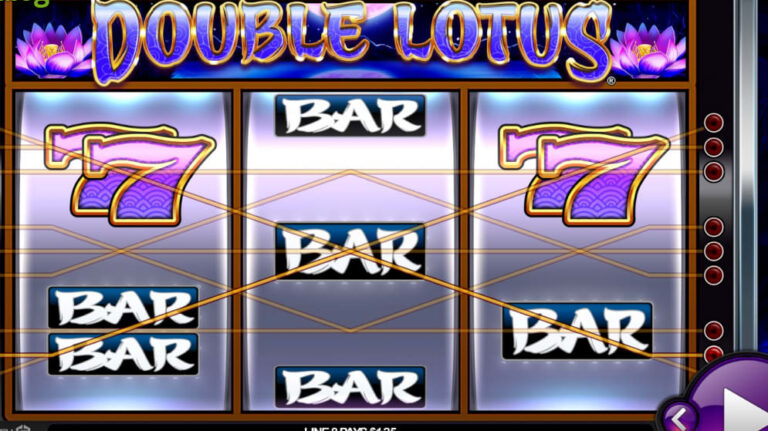For decades, Upton Park — officially known as the Boleyn Ground — stood as one of the most iconic football stadiums in England. Located in East London’s Green Street, this historic ground was more than just a venue for matches; it was the spiritual home of West Ham United, a symbol of working-class pride, and a cornerstone of English football culture. Though the stadium was demolished in 2016, its legacy continues to echo through the hearts of football fans around the world 99ok.
The History of Upton Park
The story of Upton Park dates back to 1904, when West Ham United moved from the Memorial Grounds to their new home on Green Street. The stadium was named after the nearby Boleyn Castle — hence its full title, Boleyn Ground. Initially, it was a modest venue with wooden stands, but over time, it evolved into one of the most atmospheric football arenas in England.
For more than a century, Upton Park witnessed the rise of football legends, unforgettable victories, and emotional farewells. It wasn’t just a stadium; it was a living, breathing part of East London life. Generations of fans grew up attending matches there, creating a deep bond between the club and its community.
Architecture and Design
Upton Park was renowned for its traditional English football stadium design. It had four distinctive stands — the Sir Trevor Brooking Stand, the Bobby Moore Stand, the East Stand, and the Dr. Martens Stand. Each one represented different eras of the club’s evolution.
-
The Bobby Moore Stand, named after England’s 1966 World Cup-winning captain, was a tribute to one of West Ham’s greatest heroes.
-
The Sir Trevor Brooking Stand honored another club legend, known for his elegance on the pitch.
-
The East Stand offered one of the best atmospheres in the stadium, with passionate supporters and deafening chants.
-
The Dr. Martens Stand, built in the 1990s, was the most modern addition, featuring executive boxes and upgraded facilities.
Despite several renovations, Upton Park never lost its old-school charm. Fans were close to the pitch, and the roars of 35,000 supporters could shake the ground. This intimacy gave the stadium a fierce reputation among visiting teams.
The Spirit of East London
Upton Park was not just about football; it was the heart of East London’s community. Match days transformed the surrounding streets into a sea of claret and blue. Local pubs like The Boleyn Tavern and The Queen’s filled with fans singing “I’m Forever Blowing Bubbles,” the club’s anthem.
The ground embodied the grit, loyalty, and resilience of East Londoners. Every chant, every goal, and every tackle reflected the area’s working-class identity. Upton Park stood as a symbol of local pride — a place where football was more than a sport, it was a way of life.
Memorable Moments at Upton Park
Throughout its long history, Upton Park hosted countless iconic moments:
-
The 1966 World Cup saw three of England’s heroes — Bobby Moore, Geoff Hurst, and Martin Peters — representing both West Ham and their country with pride.
-
West Ham’s 1980 FA Cup triumph remains a golden memory, with the celebrations spilling into the streets around the ground.
-
The thrilling Premier League matches against rivals like Tottenham, Arsenal, and Manchester United often turned Green Street into a fortress.
-
The final match at Upton Park, on May 10, 2016, ended in dramatic fashion as West Ham defeated Manchester United 3-2. The emotional farewell marked the end of an era, with thousands of fans in tears as they sang one last rendition of their anthem.
Each of these moments contributed to Upton Park’s legendary status — a place where football dreams were made and memories never faded 99ok vin.
The Farewell and Legacy
In 2016, West Ham United made the difficult decision to leave Upton Park and move to the London Stadium in Stratford. The move aimed to modernize the club and expand its global reach, but for many supporters, saying goodbye to Upton Park felt like losing a piece of their soul.
After the final match, the stadium was demolished to make way for a residential development called Upton Gardens. Yet, even as new buildings rise where the pitch once lay, the memory of the Boleyn Ground remains alive. Streets and parks in the new development are named after West Ham legends, ensuring that the history of Upton Park will never be forgotten.
Cultural Impact Beyond Football
Upton Park’s influence extended beyond the world of football. The stadium and its surrounding area often appeared in films, documentaries, and British television. It represented authentic East London culture — raw, passionate, and real.
The ground also attracted tourists from around the globe, eager to visit one of English football’s sacred sites. Even today, fans make pilgrimages to the former location of the stadium, paying tribute to a place that once united thousands every weekend.
West Ham United’s Modern Era and Upton Park’s Legacy
While West Ham now plays at the London Stadium, the spirit of Upton Park continues to define the club’s identity. The modern arena may offer advanced facilities and larger capacity, but many fans still recall the unmatched atmosphere of Green Street.
The traditions born at Upton Park — community spirit, loyalty, and fearless football — remain at the core of West Ham’s DNA. The chants, the colors, and the pride of East London all trace their roots back to that historic ground.
In many ways, Upton Park’s departure marked the end of old-school English football — intimate, noisy, and full of soul. But its legend continues to inspire fans and players alike.
Why Upton Park Will Never Be Forgotten
Few stadiums in football history have captured the emotional connection between club and fans as deeply as Upton Park. It was a place of triumph and heartbreak, joy and sorrow, unity and passion. Every brick, every chant, and every goal told a story.
Though it no longer stands, Upton Park lives on — in the hearts of millions who once called it home. Its legacy transcends generations, reminding us that football is more than a game. It’s about belonging, memories, and love for the badge.


